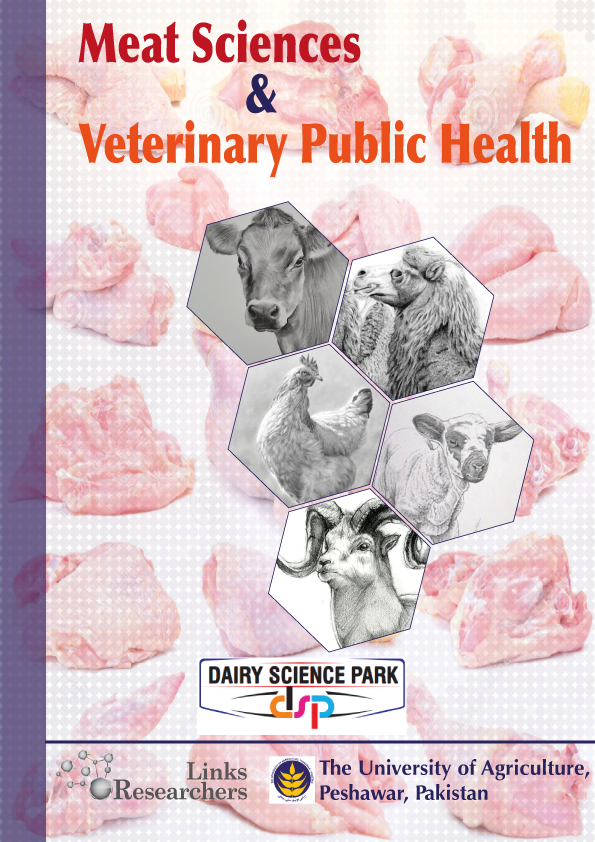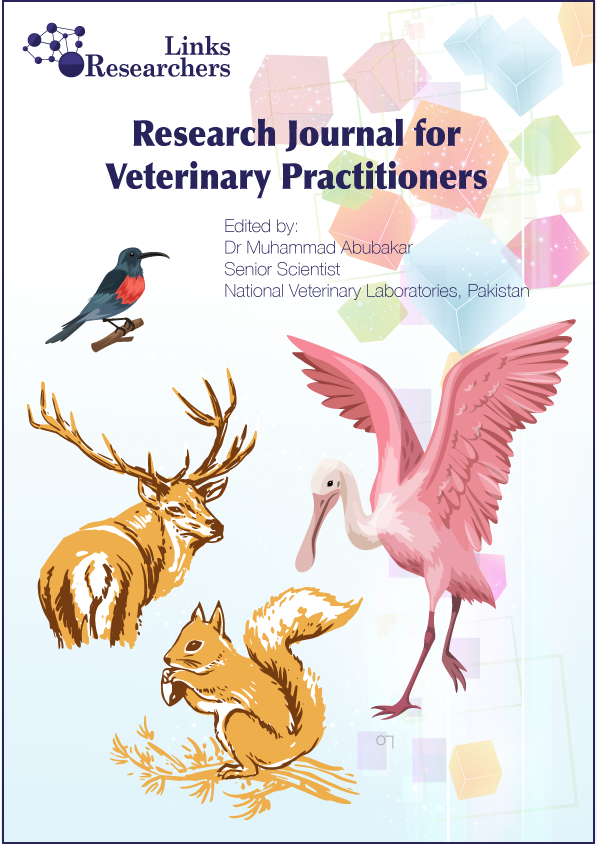Derk Pereboom
Inamullah Khan, Muhammad Subhan Qureshi, Rajwali Khan, Syed Muhammad Sohail, Ijaz Ahmad, Muhammad Shoaib and Asim Ijaz
Haidar Ali, Malik Muhammad Shafi and Himayatullah Khan
Iqra Mahmood1, Asif Nadeem1*, Masroor Ellahi Babar2, Muhammad Muddassir Ali1, Maryam Javed1, Aisha Siddiqa1, Tanveer Hussain2 and Muhammad Tariq Pervez2
Muhammad Athar Khan1, Muhammad Zahid Latif2*, Syed Amir Gilani3 and Ifrah Bukhari4
Naheed Zahra*, Muhammad Zubair Anwar*, Sonila Hassan** and Irfan Mehmood**
Sidra Majeed*, Mubbashira Nazir*, Sumia Bint Zaman * and Waqas Farooq*
Amara Amjad Hashmi1,2,*, Maqbool Hussain Sial3, Waqar Akram4 and Maaida Hussain Hashmi5,6
Hina Fatima1*, Abdul Jabbar2 and Khurram Nawaz3
Shahid Ali1*, Farhan1, Murtaza1, Neelum Andaleeb2 and Amjad Ali1
Ihsanullah Kakr1, Sarwar Khan2, Khalid Khan3* and Sajjad Ahmed1
Gulnaz Hameed1, Abdul Saboor1, Khuram Nawaz Sadozai2*, Ghaffar Ali2, Dawood Jan2 and Mansoor Rasheed3
Arshad Farooq1*, Muhammad Zafarullah Khan2, Abdul Hassan1, Muhammad Ishaq3 and Asif Nawaz2
Sanaullah1*, Abdul Basit2 and Inayat Ullah3
Yonis Abukar Mohamed1, Shafii Abdullahi Mohamed1,2, Abdiaziz Idiris Mohamud1,3*, Abdiaziz Ahmed Mohamud1,3, Kassim Abdullahi Jimale1,2 and Said Ali Ibrahim2
Hazel Tamakan* and Huban Gocmen
Palwasha1, Siraj-ud-Din1 and Muhammad Fahim2*
Ayesha Khan*, Mohammad Tariq Aziz, Urooba Pervaiz and Muhammad Zafarullah Khan
Eman H. Abotalp, Sahar R. Mohamed, Jakeen K. El Jakee
Urooj Shakoor* and Syed Attaullah Shah
Rahmat Ullah Khan1*, Karim Gabol1, Asif Sadam2, Waheed Ali Panhwar3, Hamidullah4 and Abdul Rahim1
Abdirahman Barre*, Karanja D Njuguna, Bebora Lilly Caroline and George Chege Gitao
Seyi Olalekan Olawuyi1*, Adedotun Oluwagbenga Anjorin2, Oluwagbenga Titus Alao3, Tosin Dolapo Olawuyi3, Rachael Ajibola Ayinla3 and Rasheed Ayodele Ayinla3
Supawadee Piratae1*, Noraphat Khiewkham2, Nattawut Maungmungkun2, Chanakan Tippornwong2, Tossapol Seerintra2, Sirikanda Thanasuwan3, Luyen Thi Phung4
Shakirat Bolatito Ibrahim1, Raheem Olatunji Aminu1,2*, Aisha Olushola Arowolo1 and Adams Sanusi Musa1
Anshara Javed Qureshi and Ishrat Aziz*
Sudip Kumar Sharma1, Al-Nur Md. Iftekhar Rahman1,2, Mahfuzul Islam1,3*
Tri Anggraeni Kusumastuti1, Ikuo Kobayashi2, Ahmad Juwari3, Lovin Dika Antari4*
Viranga Kumudini Jayasundara¹*, Ali Khatibi², Jacqueline Tham²
Migie Handayani1*, Dwidjono Hadi Darwanto2, Jamhari Jamhari2
As John Spears reported for the World Bank in March, 1982 that half of the world's population lives in or adjacent to the mountainous watershed environment and is affected by the way they are naturally framed. Thus the management decisions for these areas are influenced by a host of physical factors such as soil, clim...
Ke...
management chargesat the rate of 20 percent of the net timber sale...
The forests of the Chittagong Hill Tracts had been under uncontrolled exploitation since early days and large-sized timber, and bamboos, were floated down the Karn...
Gautam Kumar Deb1*, Md Faizul Hossain Miraz1, SM Jahangir Hossain1, Shahrina Akter1, Md. Ahsanul Kabir1, Md Ruhul Amin2, Md Panir Choudhury1, Nure Hasni Desha1
Maysoon S. Abbas, Shaimaa N. Yassein
YP Arios1,2*, J Pamungkas3, IWT Wibawan3, D Iskandriati4, CS Tan5, SPH Rahman5
Israa M. Essa*, Ghazi Y. Azzal, Alaa Tariq Abdulwahid
Zulfiqar Ali1, Asad Ullah2*, Shumaila Gul3, Maryam Begum4, Raheela Taj5, Tahira Tayyeb1, Maiz ur Rahman1, Muhammad Owais Khan1, Rafiq Ullah1, Imad Khan2, Ali Gohar2, Shakirullah Khan6, Khudija Ghani7 and Muneeb Islam8
Muhammad Jan1*, Muhammad Ashraf Sumrah2, Muhammad Azhar Iqbal1, Inam-ul-Haq1, Attiq Ur Rehman1, Javeria Sherani3, Muhammad Imran3 and Rizwan Latif4
Mohammad Lalmoddin Mollah*, Arobi Jahan Disha and Dipa Rani Pal
Rehmat Ullah, Riaz Ahmed*, Muhammad Tahir, Abdul Majid Nasir and Mushtaq Muhammad
Nguyen Phi Bang1,2*, Nguyen Thi Hanh Chi1,2, Ngo Thuy Bao Tran1,2, Nguyen Thi Bich Hanh1,2, Nguyen Ba Trung1,2, Le Thi Thuy Hang1,2
Huda Hameed Kadhim Alabbody
Elodie Dimon1*, Youssouf Toukourou1, Rodrigue V. Cao Diogo2, Lionel Kinkpe3, Brice Comlan Gerard Assogba1, Alassan Assani Seidou1, Valerie M.C. Bougouma-Yameogo4, Ibrahim Alkoiret Traore1
Amam Amam1*, Ebban Bagus Kuntadi2*, Ahmad Zainuddin2, Ana Nurcholis Shobirin1, Supardi Rusdiana3*
Arani Chakma1, Yousuf Biswas2, Md. Kamruzzaman Akimul2, Md. Saifur Rahman2, Md. Rezaul Karim3 and Mohammad Enamul Hoque Kayesh2*
Kazi Abdus Sobur1*, Shabuj Kumar Pal2, Md. Abdur Rahim3 and Palash Bose1















